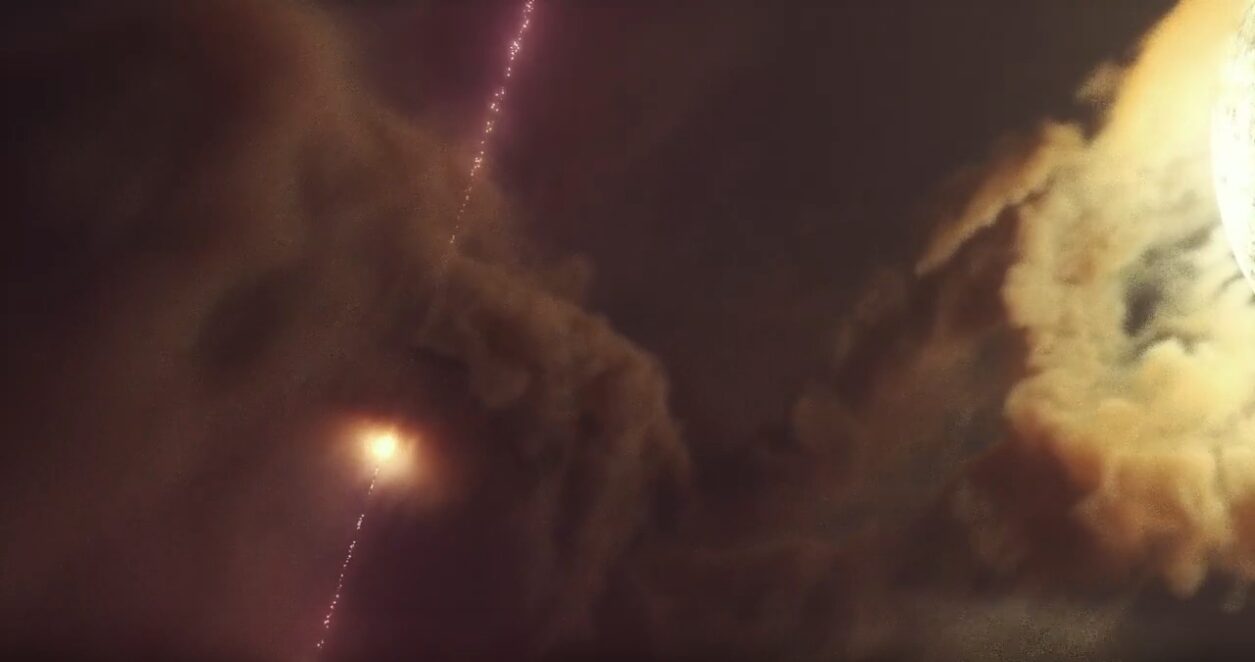The black hole system in question is called SS 433 and is considered a Microquasar: the black hole measures between 10 and 20 solar masses while its binary companion star is 30 times the mass of our sun.
The pair orbit each other at a distance of roughly 100 light-years every 13 days, with the gas cloud pulsating in time with the underlying rhythm of the black hole.
The exact cause of this pulsing is unknown but it is unlikely to be plasma jets emanating from the black hole and it instead may be some form of galactic light show courtesy of cosmic rays.
Cosmic rays are high-energy protons that travel almost at the speed of light and, as the black hole is wobbling on its rotational axis like a spinning top, the behavior of its cosmic rays is already somewhat eye-catching.
"Finding such an unambiguous connection via timing, about 100 light years away from the micro quasar, not even along the direction of the jets is as unexpected as [it is] amazing," said astrophysicist Jian Li of the Deutsches Elektronen-Synchrotron in Germany.
"But how the black hole can power the gas cloud's heartbeat is unclear to us."
Li and his team monitored SS 433 for a decade and found that the jet of plasma emanating from the black hole loses its shape roughly every 162 days, shapeshifting from a spiral to a cone shape and back again, with the gas cloud pulsing to the rhythm of the gamma radiation emissions.
This behavior challenges and may even upend entirely existing theoretical models about these microquasars.
"SS 433 continues to amaze observers at all frequencies and theoreticians alike," the researchers wrote, "and is certain to provide a tested for our ideas on cosmic-ray production and propagation near microquasars for years to come."
V404 Cygni Black Hole Animation from ICRAR on Vimeo.
The microquasar SS 433 consists of a black hole and a giant star orbiting each other, with the black hole constantly sucking matter from the star. This matter collects on an accretion disk before falling into the black hole. However, some of the matter does not fall into the black hole, but is hurled out into space in two narrow jets at the top and bottom. As the accretion disk does not lie exactly in the orbital plane of the two partners, it sways like a spinning top set at an angle, and with it the jets do so as well, describe spirals in space. In the same rhythm as the tumbling jets and accretion disk, an inconspicuous gas cloud about 100 light-years away shines in the light of the gamma radiation. This temporal correspondence suggests a direct connection, but it is not clear exactly how the microquasar drives the gamma-ray "heartbeat" of the gas cloud.
Credit: DESY, Science Communication Lab




Comment: See also: